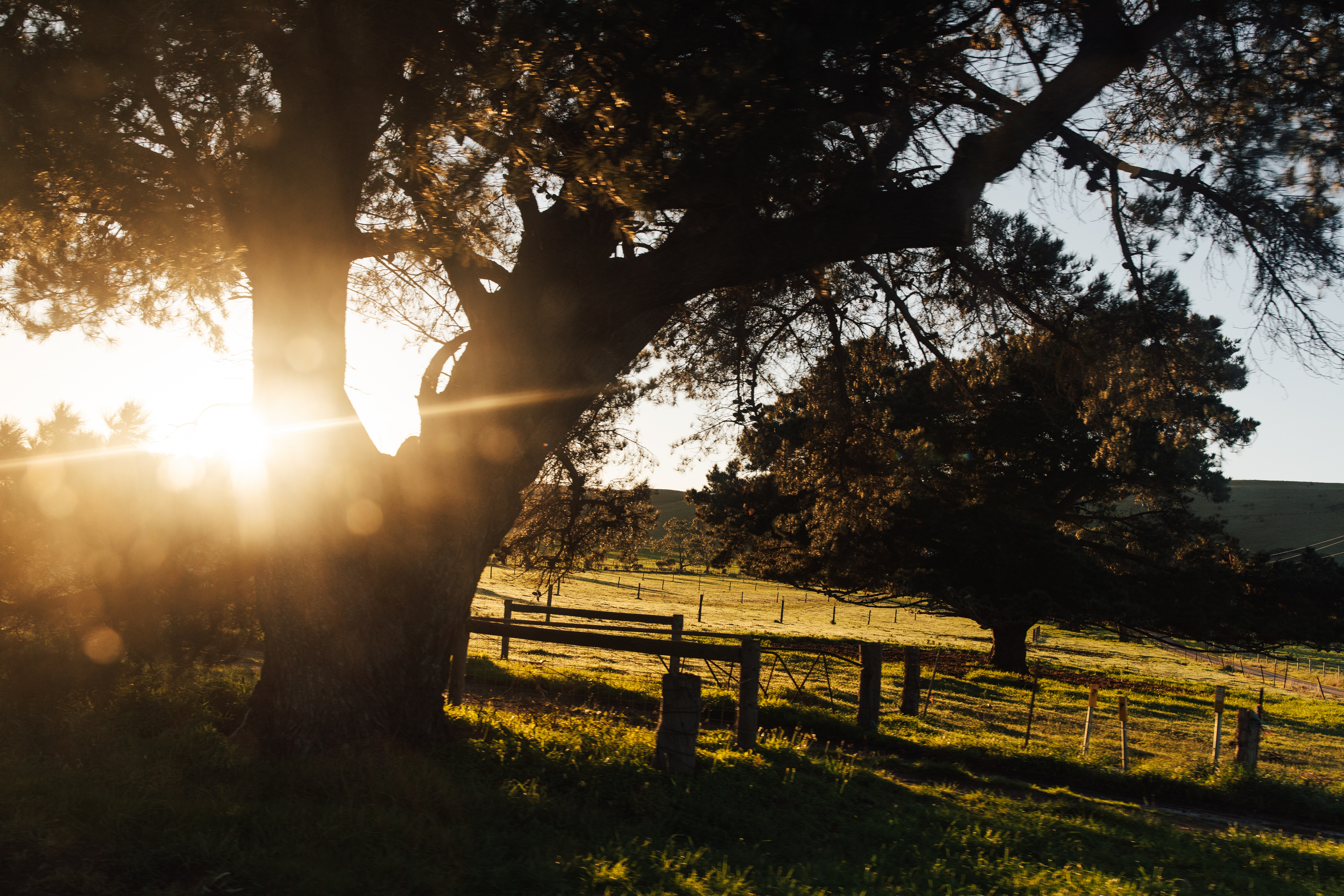
Livestock SA prepares for first AGM and sheep producer forum
Livestock SA will host its first annual general meeting this Friday and announce results of its first board member vote by grower‐members.
The inaugural event coincides with the Sheepmeat Council of Australia’s Producer Forum, to be held at the University of Adelaide’s Roseworthy Campus.
Livestock SA president Richard Halliday says the events will attract nearly 100 people from across the supply chain and from different areas of South Australia.
“It is fantastic to see so much interest in Livestock SA and the organisation’s work on behalf of cattle, sheep and goat producers,” he said.
“This week, votes from members are being counted for nominations received for board positions. Livestock SA received seven nominations for five positions.
“Candidates include Andrew Clarke, Oodnadatta; Jean Evans, Upper Sturt; Joe Keynes, Keyneton; Bill Nosworthy, Port Lincoln; Steve Radeski, Adelaide; Penny Schulz, Field; and Robyn Verrall, Keith.”
The SCA forum will highlight some key issues for sheep producers. Key topics include:
- Determining the future of our sheepmeat industry – Dr Kat Ferme, Sheepmeat Council of Australia CEO,
- Livestock SA – the role farmers can play at a local level – Richard Halliday, Livestock SA president.
- Sheep and lamb supply demand outlook – North America, Middle East, North Africa – Robert Baker, Meat & Livestock Australia
-Sheep research and development – capturing its value on‐farm – Richard Apps, MLA
- Feedback and systems to satisfy consumer expectations – Dr David Rutley, Thomas Foods International
- The Live Export Trade – Damien Webb, Elders Livestock sales manager ‐ SA
Dr Rutley’s presentation will challenge the entire industry to consider the value of individual animal identification for their business.
He will focus on the interactions along the value chain and how each factor influences the next – from consumer appeal where value enters the chain, back through the process to eating quality, rack price for consumers and food service, processing yield, carcase weight and lamb price, to producer income and gross margin per DSE and per hectare.
“All these factors are inter‐linked and though the biology is very complex, we can simplify it step by step to connect the data. The point I’ll be making at the producer forum is whether we actually can connect it all past the processor if we do not have individual animal information,” he said.
He says TFI takes a whole value chain approach, incorporating food safety, the Livestock Production
Assurance scheme and Meat Standards Australia eating quality. MLA is developing its new Livestock
Data Link feedback tool and David is interested to see how this can fit into TFI’s business.
“We aim to link all production and quality data using these systems, working from paddock to processor to plate. The key to it all is to deliver consistent product to consumers – and that’s our goal,” he said.
“The industry has to deal with the whole value chain and we need to be talking about the value chain, not supply chain. Value is what the consumer wants.”